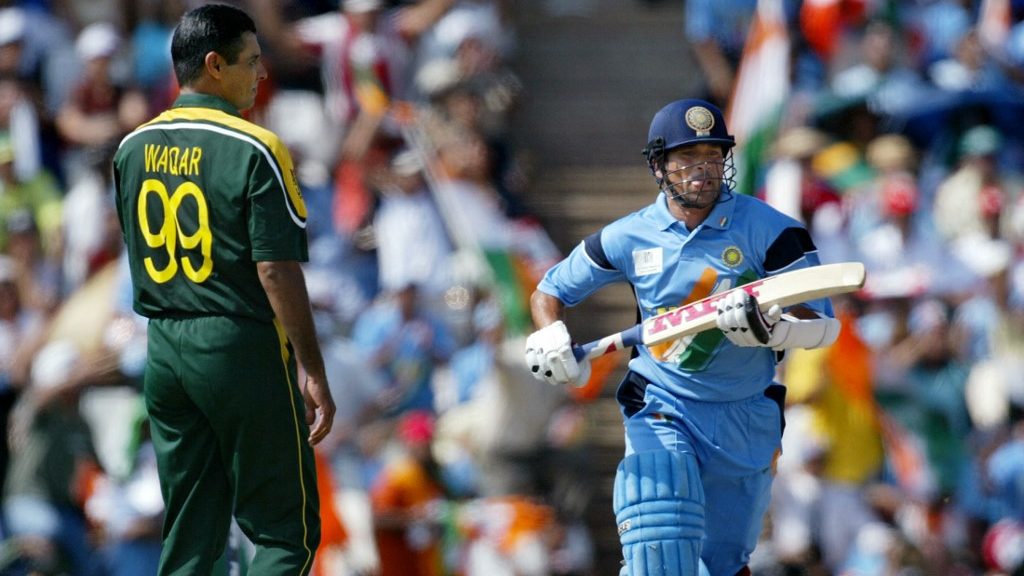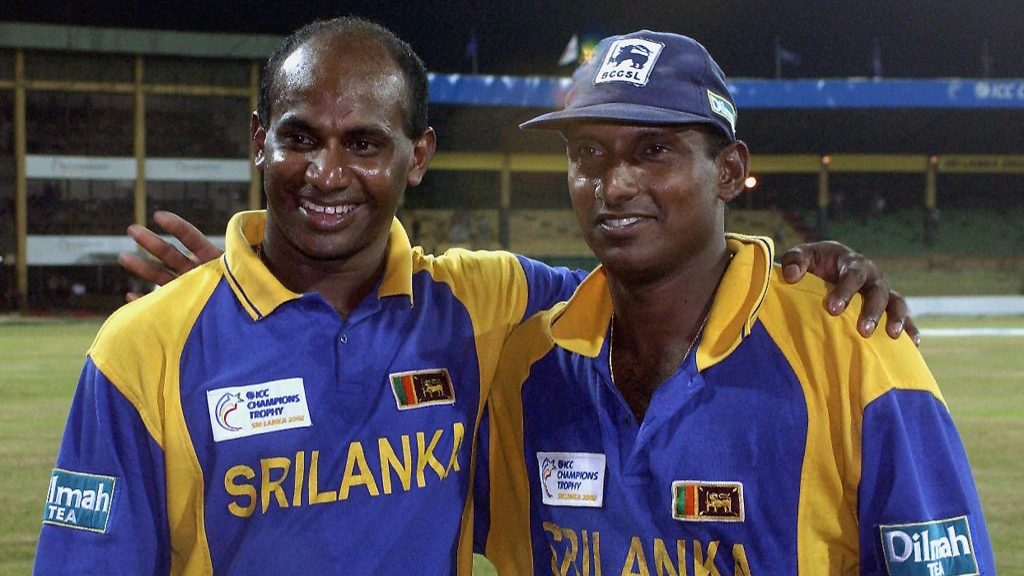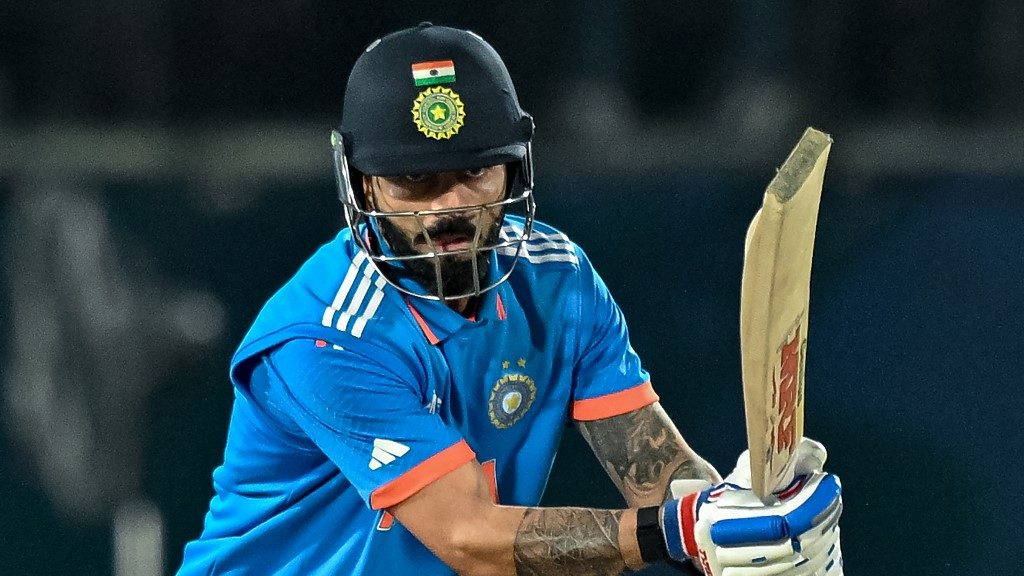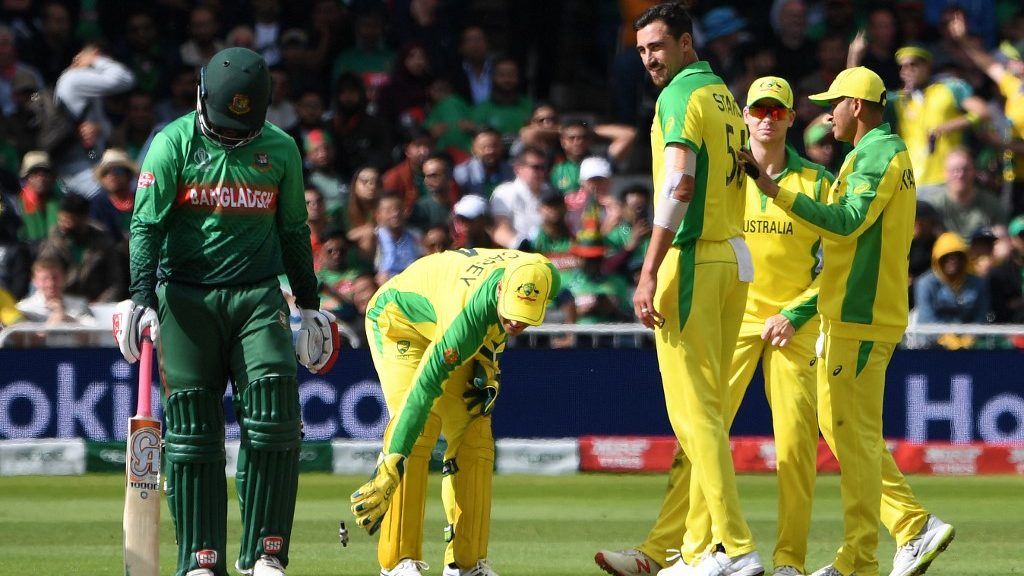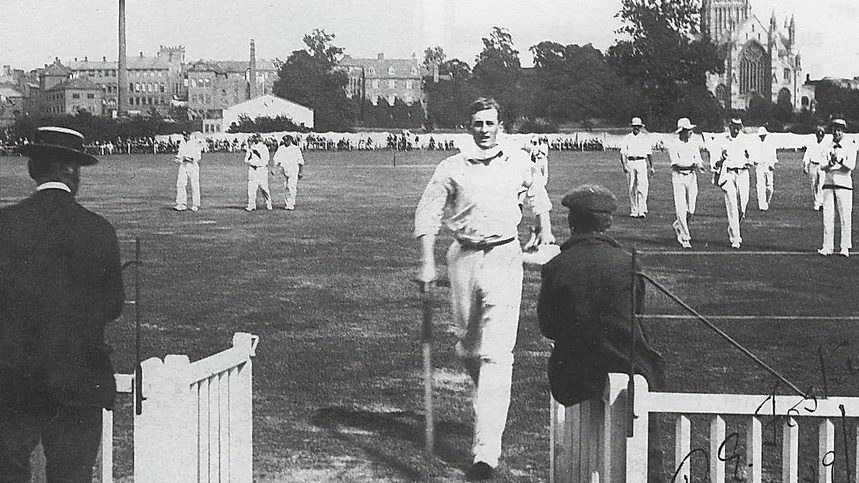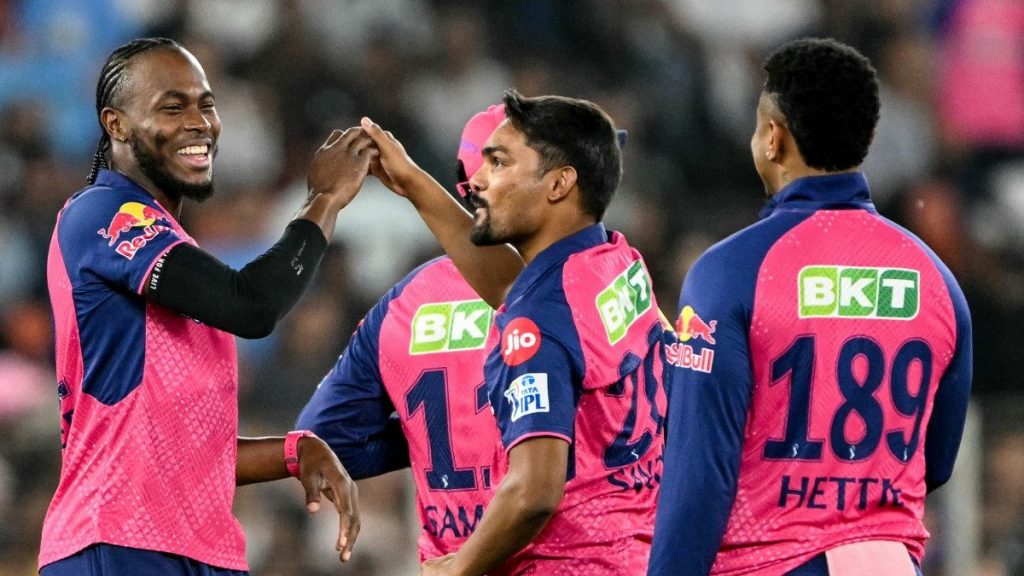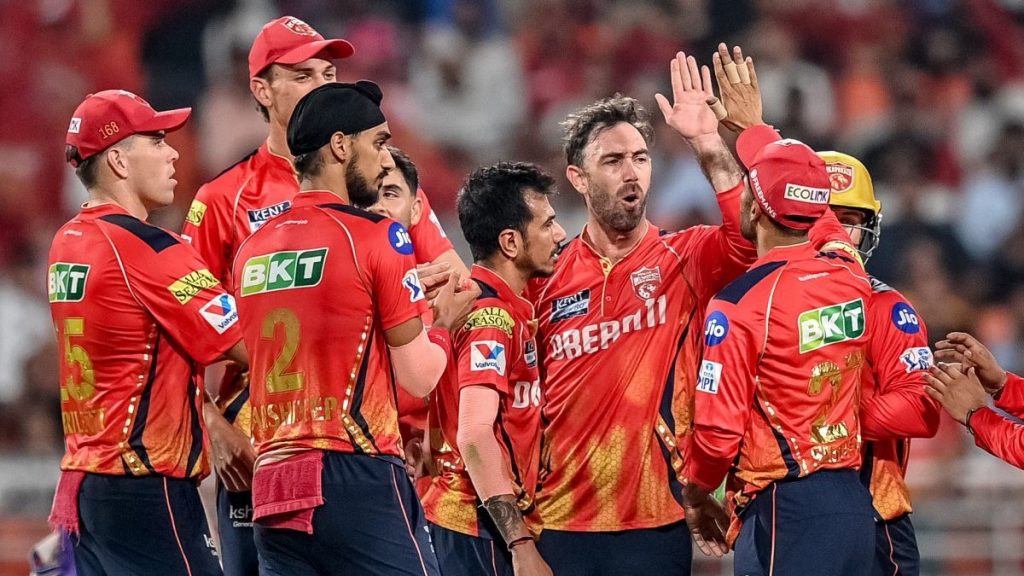On this day: Four legends who celebrate their special day
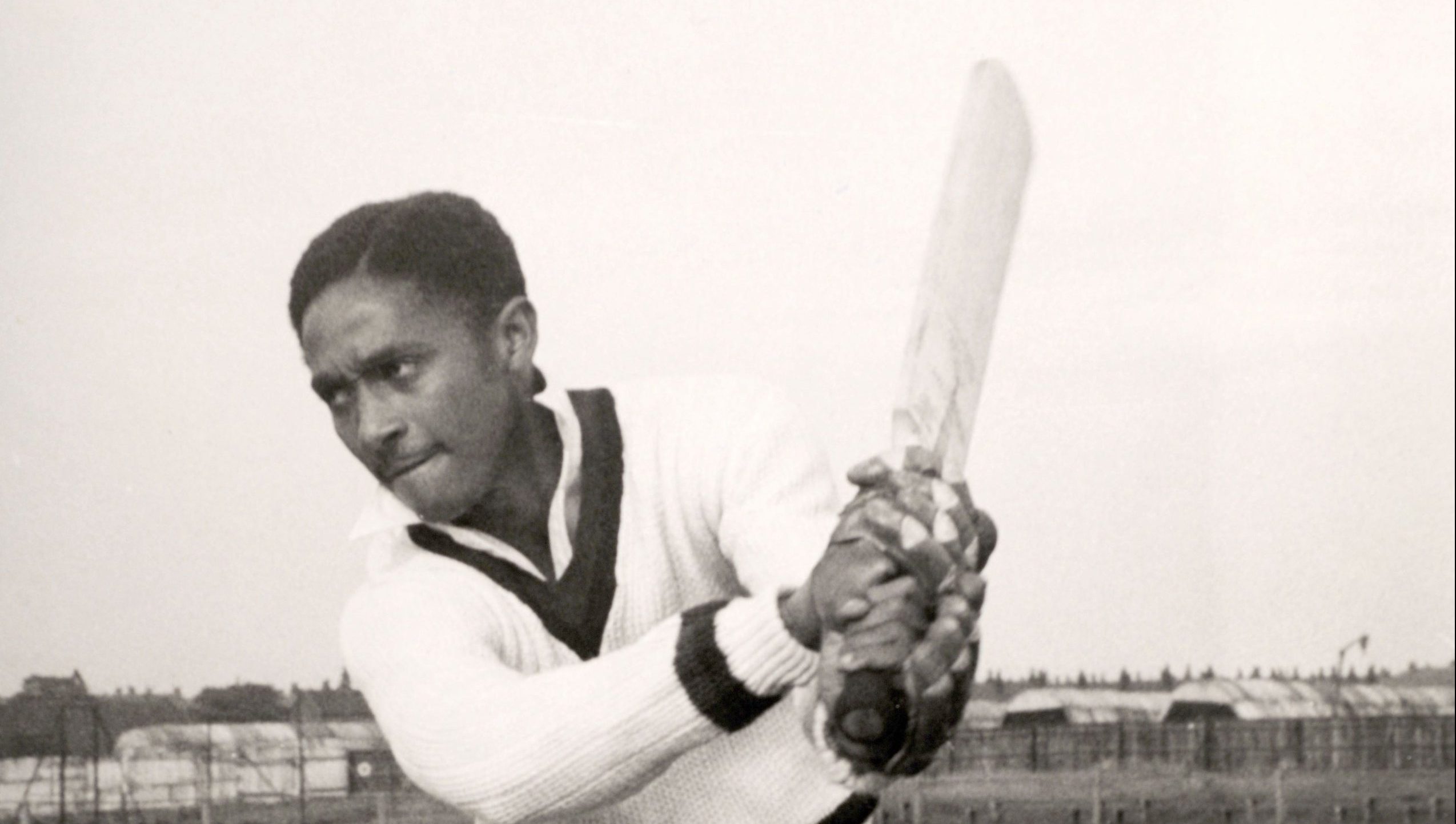
1st August 2020– the day marks the birthday of four personalities of the cricketing fraternity who are unique in their own way. Each face has a distinct characteristic or a record under his belt.
Graham Thorpe
The first name in the list is of Graham Thorpe. Graham Paul Thorpe, the English cricketer, represented the national side for exact 100 Tests, scoring 6744 runs at an impressive average of 44.7. He also donned the coloured jersey for England in 82 ODIs and gathered 2380 runs including 21 half-centuries.
Thorpe made his Test debut at Nottingham during the Ashes 1993 and paved his way to international cricket in style. The southpaw smashed a century in the second innings, helping England to amass a dominant total against Australia in the drawn game.
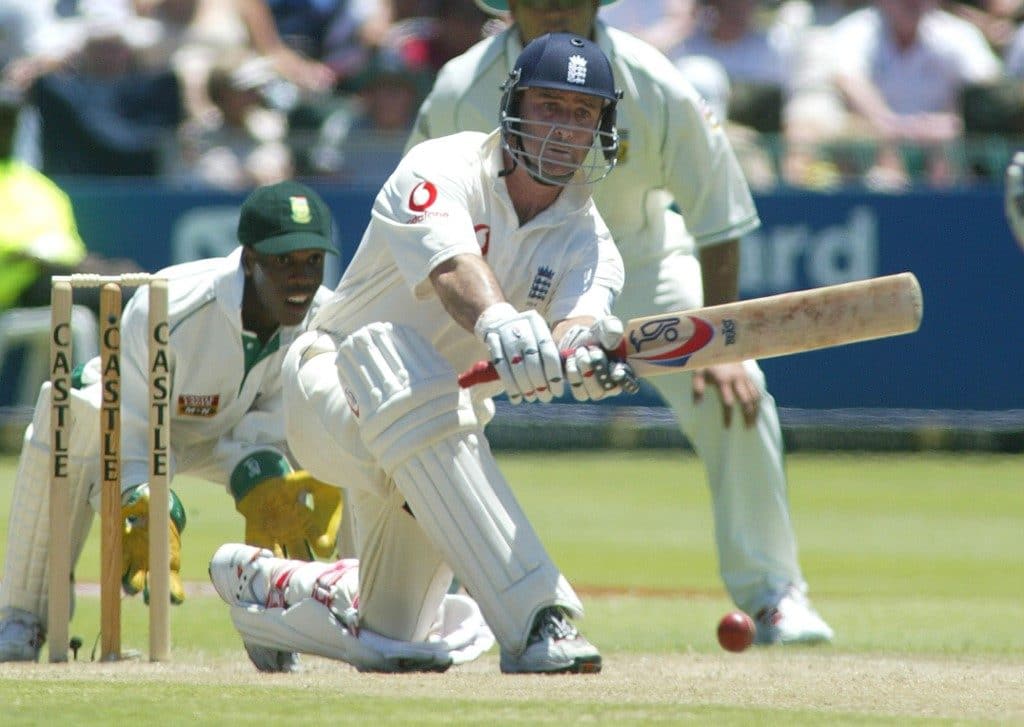
Thorpe also hogged the headlines by smashing one of the quickest double-tons in Test cricket. In the Test against New Zealand at Christchurch, the England international smashed 200 not out off only 231 balls and helped his side to put a mammoth 500-run target for the hosts. However, Thorpe’s inning was overshadowed in the same Test itself, as New Zealand’s Nathan Astle slammed 222 off only 168.
Thorpe’s last appearance for England was in 2005, where he braced the field against Bangladesh. He announced his retirement from Test cricket after the England selectors chose Kevin Pietersen instead of him for the first Test of The Ashes in July 2005.
Frank Worrell
The second name in the list is West Indies’ Frank Worrell, also known by his nickname ‘Tae’, who hogged the limelight in the 1950s by becoming the first black captain of the national side. Along with Everton Weekes and Clyde Walcott, he formed what was famously known as “The Three Ws” of West Indies cricket. Worrell, in 2009, was also inducted into the ICC Hall of Fame.
Worrell broke into the international side as he made his debut against England in 1948. In 51 Tests, the right-hander amassed 3860 runs at an average of almost 50. He also smashed 9 tons and 22 half-centuries in the process. Worrell also shares a record with India all-rounder Ravindra Jadeja. The West Indies great was the first of the two batsmen to have been involved in two 500-run partnerships in first-class cricket, with Jadeja being the second.
Talking about Worrell’s First-class records, he gathered 15,025 runs in 208 matches at an impressive average of 54.24. He retired from the sport after the series against England in 1963.
Arun Lal
The third name in the list is Arun Lal, who is credited for identifying the talent of one of the most decorated skippers– Sourav Ganguly. The Prince of Kolkata, along with his batting expeditions, is lauded for his impressive overseas victory record and promoting young prospects in Indian cricket.
It was Arun Lal who saw a 16-17-year-old Ganguly hitting sixes with ease in a club match. Arun also played a vital role in convincing the selectors to select Ganguly in the Ranji final in 1990. He eventually paved his way to becoming one of the best batsmen and skippers in Indian cricket history. Regarded as a Ranji Trophy giant, Arun played 156 First-Class games, scoring 10,421 runs at an average of almost 47. He also has five First-class double hundreds under his belt.
Despite being a domestic cricket stalwart, he failed to carry his form on the biggest level. He donned the India jersey in 16 Tests and 13 ODIs, scoring 729 and 122 runs respectively. Arun not scoring a century in international cricket was surprising for everyone, especially considering the staggering records which he boasted in domestic cricket.
Mohammad Nissar
The fourth and final name in the list is Mohammad Nissar. Born in Hoshiarpur, Punjab, Nissar was regarded as India’s first express pace bowler. During the pre-independence era, he was considered the fastest Indian pace bowler.
Making his Test debut against England in 1932, Nissar marked his arrival on the stage by knocking off Herbert Sutcliffe’s stumps in the first ball of his second over. He hunted down another prey on the fifth ball of the very same over by dismissing another opener, Percy Holmes.
Nissar’s last Test was against England in August 1936, at The Oval, where he managed to take six wickets, that included a five-wicket haul. The right-arm quick represented India in 6 Tests, scalping 25 wickets, comprising 3 five-wicket hauls. Nissar, along with Amar Singh, formed a dominant Indian pace bowling duo, which was labelled as one of the best in the 1930s.

